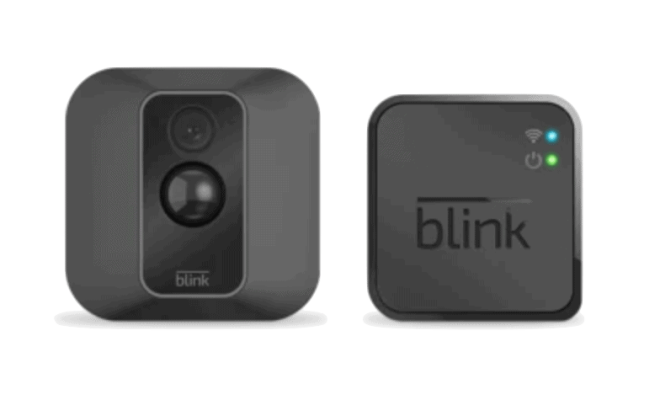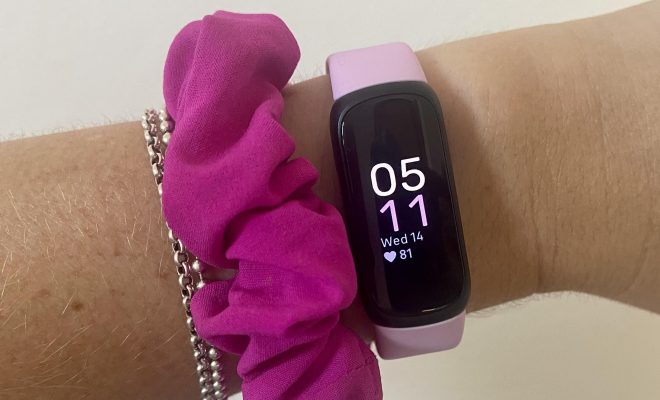AT&T vs. Verizon Fios: A Fiber Internet Face-Off

In the world of broadband connectivity, fiber-optic internet is quickly becoming the gold standard, offering faster speeds and greater reliability than traditional cable or DSL connections. Two major players in this competitive landscape are AT&T and Verizon Fios, both eager to claim their share of the ever-growing fiber-optic market. In this article, we will delve into a head-to-head comparison of these industry giants to determine which provider comes out on top in terms of speed, coverage, customer satisfaction, and pricing.
Speed and Performance
Fiber-optic connections transmit data as pulses of light through strands of glass or plastic, allowing for much higher speeds compared to traditional copper wires used in DSL and cable technologies. AT&T’s Fiber line delivers download speeds ranging from 100 Mbps up to a blistering 1 Gbps (1,000 Mbps), more than sufficient for streaming high-definition content, multiplayer gaming, and supporting multiple connected devices in a household.
Verizon Fios also boasts impressive speed capabilities, with its symmetrical network offering equal upload and download speeds between 200 Mbps up to 940/880 Mbps (download/upload). This is particularly beneficial for individuals uploading large files or conducting video conferences where data-intensive tasks are conducted simultaneously.
Coverage and Availability
In terms of network size and service coverage, Verizon Fios currently has an edge over AT&T Fiber. While both providers are available in multiple states across the US, Verizon’s presence is more dominant, particularly in Northeastern states. AT&T Fiber, on the other hand, has been expanding rapidly into southern and western regions.
It’s important to note that availability is subject to change as both companies continue to invest in expanding their networks, so potential customers should always check with the respective provider to confirm coverage at their location.
Customer Satisfaction
When it comes to customer satisfaction, both AT&T and Verizon Fios consistently rank high. In the latest American Customer Satisfaction Index (ACSI) report, AT&T secured the top spot for customer satisfaction among fiber internet service providers, while Verizon Fios came in a close second. It’s evident that both companies are dedicated to providing excellent customer service and experience to their subscribers.
Pricing and Plans
Pricing will inevitably vary based on the market, location, and promotional offers available at
any given time. However, it’s worth comparing each provider’s basic fiber-optic offerings to gain a better understanding of how their pricing structures stack up against one another.
AT&T Fiber’s plans start at $35/month for speeds of 100 Mbps, $45/month for 300 Mbps, and $60/month for 1 Gbps (with a $10 discount when you bundle). Verizon Fios offers 200 Mbps at $39.99/month, 400 Mbps for $59.99/month, and their top-tier Gigabit Connection (up to 940/880 Mbps) for $79.99/month with no contracts required. Both providers offer additional perks such as unlimited data, Wi-Fi equipment, and TV bundles.
Conclusion
Ultimately, the best choice between AT&T Fiber and Verizon Fios will depend on factors such as location, budget, and individual needs of the consumer. While Verizon Fios holds an edge in terms of availability and equal upload/download speeds, AT&T manages to stay competitive with its affordable pricing structure and solid performance. As fiber internet continues to grow rapidly across the United States, potential customers should remain vigilant about emerging deals and promotions that could tilt the balance one way or another.




